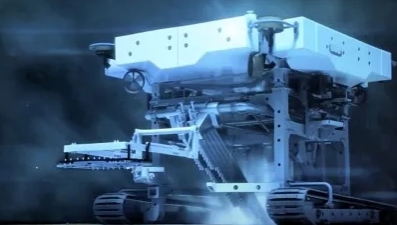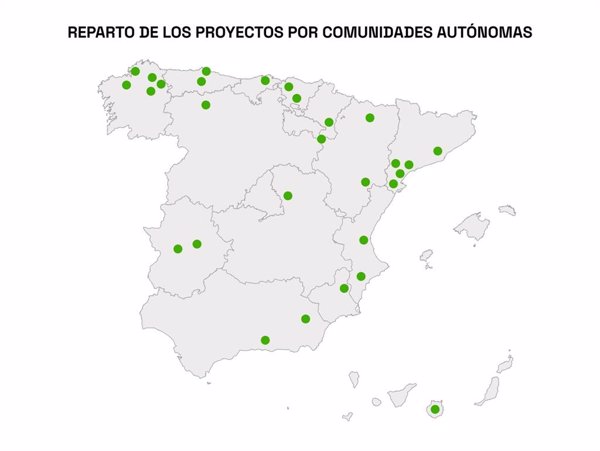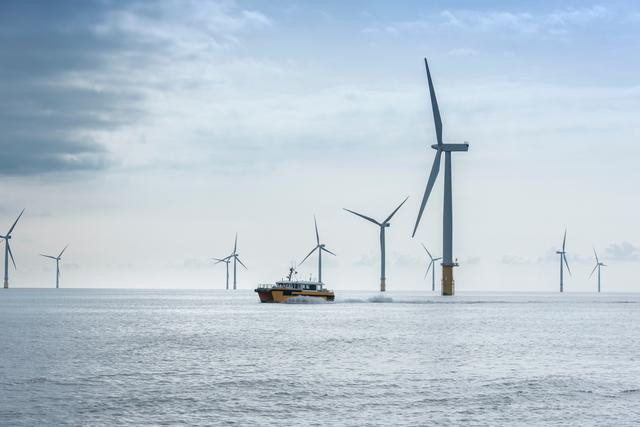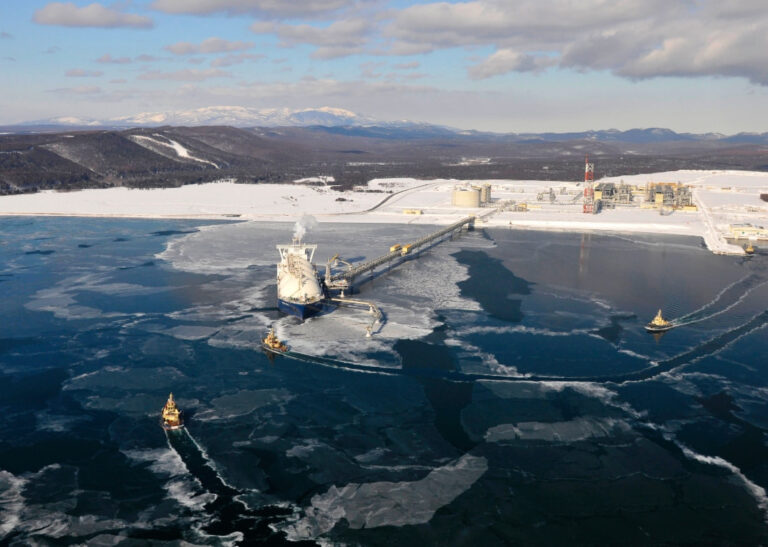Global floating oil storage declined at a fast pace in December as traders sold crude held on tankers in the absence of price incentives to store it and in order to meet peak winter demand in Asia.
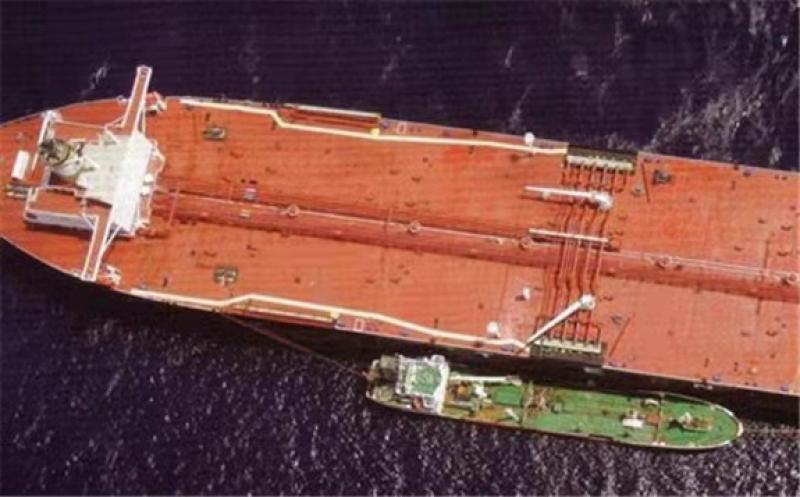
The Brent futures curve has returned to backwardation, the state of the market signaling tighter supplies with prompt prices higher than those further out in time. Backwardation removes the incentives for traders to store oil in floating storage.
In March and April, when oil demand crashed, traders were rushing to hire supertankers to store oil for sale at later dates, taking advantage of the market contango, in which front-month prices are lower than prices in future months, pointing to a crude oil oversupply and making storing oil for future sales profitable.
But the recent rally in oil prices has deepened the backwardation, removing the ‘contango play’ incentive for traders holding oil in floating storage, while healthy demand in Asia provided an outlet for the stored oil.
Consequently, crude oil held in floating storage declined at a fast clip in December, when the average monthly volume of oil on tankers fell by 25.8 million barrels compared to November, according to data from analytics firm Vortexa cited by Reuters.
Global floating storage at the start of 2021 fell below 80 million barrels for the first time since April 2020, data by Vortexa showed.
Traders have sold a lot of oil stored at sea in recent weeks, and some are sold out of floating cargoes, trading sources told Reuters.
Declining floating storage is good news for oil prices, as it shows that there is demand for the crude on the one hand, while on the other hand, excess inventories that have weighed on the market since April are being drawn down.
